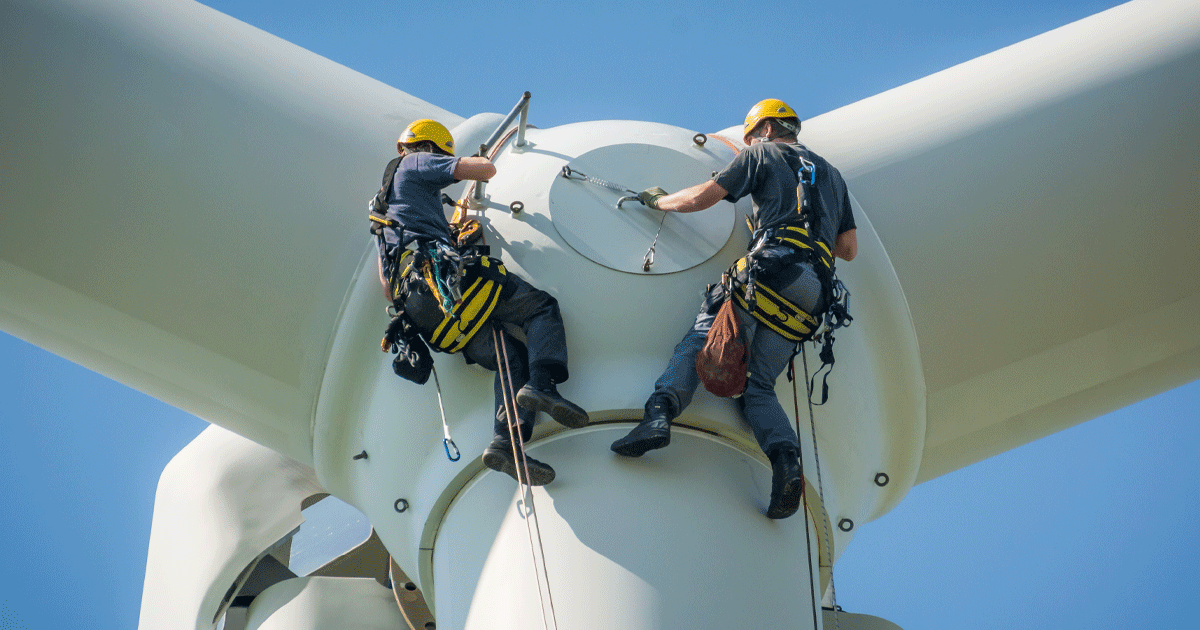The survey of 200 UK energy bosses commissioned by Aggreko highlighted a real problem of energy firms relying on old methods. Traditionally, periodic maintenance has been used to reduce downtime — servicing performed on equipment at set time intervals. However, maintaining assets in complex energy operations is not that straightforward.
Consider a wind power plant, for instance. Maintenance in this sector requires removing equipment from the grid and installing temporary replacements to continue power supply. This is a costly process and can be incredibly time consuming when the periods between scheduled maintenance timepoints are short.
Predictive over periodic
That is why the energy sector is moving towards predictive maintenance. An alternative to periodic maintenance, predictive maintenance techniques are designed to determine the condition of equipment with data and sensors, to estimate when maintenance is required. Using this model, the energy industry only needs to perform upkeep when it is actually warranted, as opposed to on a rigid schedule.
As a result, predicted maintenance intervals are usually longer than periodic intervals. This reduces the number of equipment changes and temporary installations on the grid. Naturally, this saves money, but more importantly, helps reduce the likelihood of power outages.
Condition monitoring
A key enabler of predictive maintenance is condition monitoring — the process of measuring specific equipment parameters to identify developing faults. In the past, technicians listened to a running pump or the vibrations of a turbine before deciding whether the device was operating effectively. Now, technology can be deployed to more accurately diagnose impending problems to increase accuracy and overall effectiveness.
For example, sensors can automatically record the sound, vibration, temperature and surrounding humidity of an asset, which when combined with software, alert operators to equipment showing signs of wear. In addition, machine learning software can detect patterns over time, to intelligently provide an indication of an upcoming failure. From this, grid operators can pinpoint when a breakdown will occur, ensuring they have enough time to source new parts and avoid a dreaded power outage.
Energy grid software, like COPA-DATA’s zenon, is essential for enabling communication between grid assets and the operator. zenon can acquire, read and communicate all types of data through its range of communication drivers, regardless of the communication protocol used by each asset.
After collecting asset data, the information provides a basis for every predicting algorithm. Additionally, the results of the algorithm can be visualized by zenon — either as a graph showing the trend, an alarm notification or via the operator’s preferred representation — to advise operators of the grid asset’s state.
By using technology like zenon, assets and systems can be resilient to downtime and ensure power failures are something of the past. While a quarter of energy decision makers currently do not have a contingency plan in place, predictive maintenance measures could be the answer.

